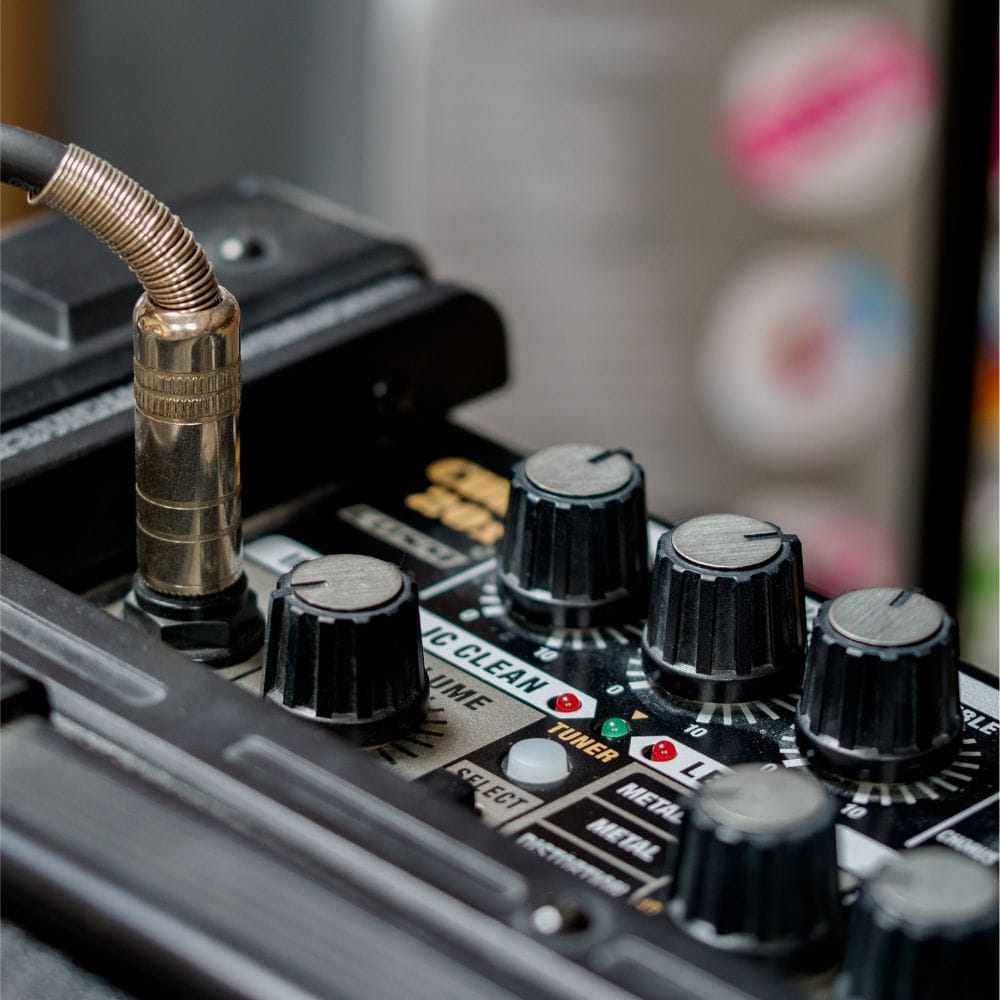How to Diagnose and Fix Problems with Solid State Amplifiers

Ever wondered why your favorite tunes don't sound as crisp anymore? Or why there's a constant hum in the background while you're jamming on your guitar? Well, your solid state amplifier might be the culprit. But don't worry, diagnosing and fixing these problems isn't rocket science. With a little patience and the right tools, you can bring back the harmony in no time.
What's Under the Hood of Your Solid State Amplifier?
Before we dive into the nitty-gritty, let's understand what makes a solid state amplifier tick. Unlike their tube counterparts, solid state amplifiers use semiconductor devices like transistors to amplify signals. They're more durable, reliable, and require less maintenance. But when trouble arrives, it can be quite a head-scratcher. So, let's roll up our sleeves and get down to business!
1. Identifying the Problem
Like a doctor diagnosing an illness, the first step is to identify the problem. Is there no sound at all? Or does the sound cut out intermittently? Maybe there's a hum or a buzz? Each symptom points towards a specific issue. Remember, knowledge is power!
2. Tools of the Trade
Next, gather your tools. A multi-meter, a soldering iron, and a set of screwdrivers are the bare minimum. If you're feeling adventurous, an oscilloscope can be quite handy. It's not about having the most expensive tools, but knowing how to use them effectively.
3. Safety First
Before poking around, remember that safety comes first. Unplug your amplifier before opening it. Capacitors inside can hold a charge for a while, so give them some time to discharge. Never touch anything with bare hands. Use insulated tools and wear safety glasses.
4. The Power Supply Check
A common culprit is the power supply. Use your multi-meter to check the voltages. Are they stable? Do they match the values indicated in the amplifier's manual? If not, you might have found your problem.
5. The Output Stage
The output stage, where the signal gets boosted to drive your speakers, often takes a beating. Check for blown transistors or capacitors. Look for physical signs like swelling or burning. Use your multi-meter to measure resistances and currents.
6. The Preamp Stage
The preamp stage boosts the tiny input signals to a level that the output stage can work with. Problems here can cause distortion or noise. Again, look for physical signs and measure resistances and currents.
7. Troubleshooting Signal Path
If everything looks fine so far, it's time to trace the signal path. This is where an oscilloscope comes in handy. Start at the input and follow the signal through the amplifier. Look for places where the signal gets distorted or disappears.
8. Fixing the Problem
Once you've identified the problem, fixing it usually involves replacing a component. This is where your soldering skills come into play. Remember, practice makes perfect!
9. Testing Your Repairs
After fixing the problem, it's time to test your repairs. Plug in your amplifier and listen. Does it sound better? If not, don't despair. Go back to step one and try again.
10. Knowing When to Seek Professional Help
Finally, know when to seek professional help. If you're in over your head, there's no shame in getting a pro to fix your amplifier. After all, we can't all be master technicians!

FAQ: Solid State Amp Maintenance and Repair
What is a Solid State Amplifier?
A solid state amplifier, unlike a tube amplifier, uses semiconductor devices like transistors to amplify sound signals. These amplifiers are known for their durability, reliability, and low maintenance needs.
How Do I Know if My Solid State Amplifier Has a Problem?
Common symptoms of a problematic solid state amplifier include no sound, intermittent sound cut-outs, humming, buzzing, or distortion. Each symptom could point to a specific issue within the amplifier.
What Tools Do I Need to Fix a Solid State Amplifier?
The basic tools required to fix a solid state amplifier include a multi-meter, a soldering iron, and a set of screwdrivers. More advanced tools, like an oscilloscope, can also be handy for more complex issues.
How Can I Ensure Safety While Repairing My Amplifier?
Always unplug your amplifier before opening it and give capacitors time to discharge. Never touch anything with bare hands, use insulated tools, and wear safety glasses.
What Should I Check First When My Amplifier Has a Problem?
The power supply is a good starting point. Use your multi-meter to check if the voltages are stable and match the values indicated in the amplifier's manual.
How Do I Check the Output Stage of My Amplifier?
Check for blown transistors or capacitors in the output stage. Look for physical signs like swelling or burning, and use your multi-meter to measure resistances and currents.
How Do I Troubleshoot the Preamp Stage?
Issues in the preamp stage can cause distortion or noise. Look for physical signs of damage and measure resistances and currents.
How Do I Trace the Signal Path?
Start at the input and follow the signal through the amplifier using an oscilloscope. Look for places where the signal gets distorted or disappears.
How Do I Fix the Identified Problems?
Fixing usually involves replacing a component, which will require soldering skills. After the repair, it's important to test the amplifier to ensure the problem is resolved.
When Should I Seek Professional Help?
If you've followed all the steps and the problem persists, or if you're not confident in your ability to safely perform the repairs, it's best to seek professional help. There's no shame in getting an expert to fix your amplifier.
Summary
So, there you have it. A simple guide to diagnosing and fixing problems with your solid state amplifier. It might seem daunting at first, but with patience and practice, you'll be a pro in no time.
And who knows, you might even enjoy it. After all, isn't it satisfying to fix something with your own hands? Happy troubleshooting!
*FYI, when you make a qualifying purchase through one of our links, we might receive a small commission from Amazon or other retailers, at no additional cost to you, which helps us to fund this site. It's a way to find what you're looking for while supporting us in the process!
